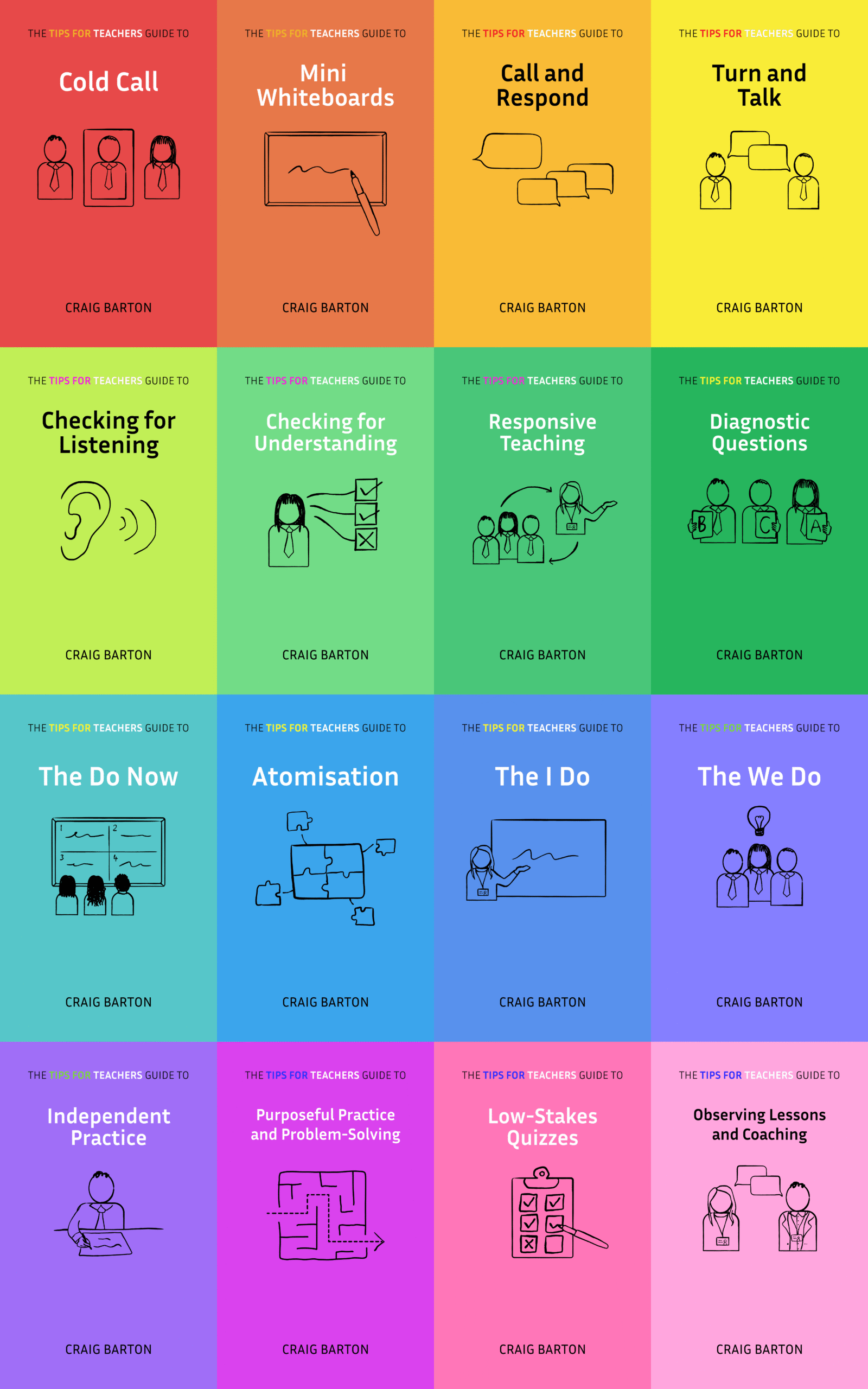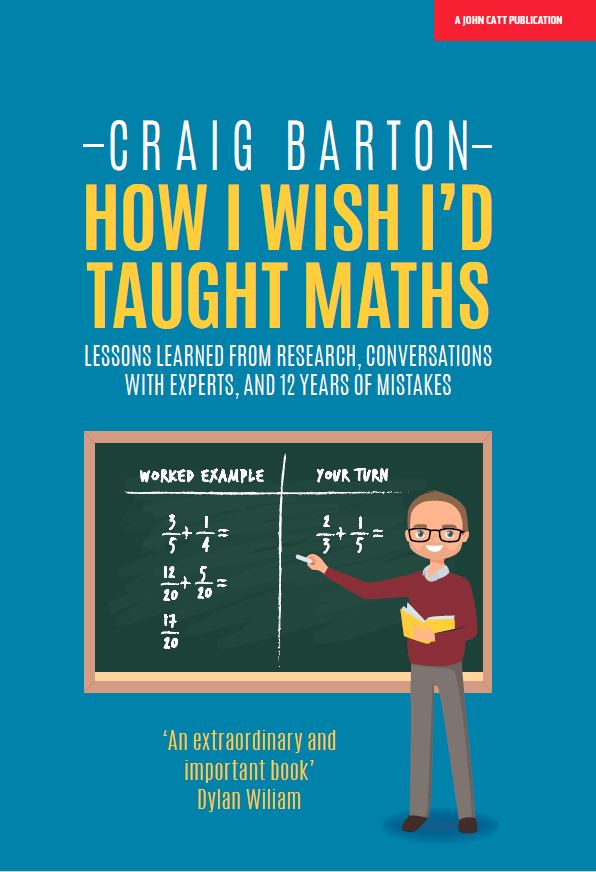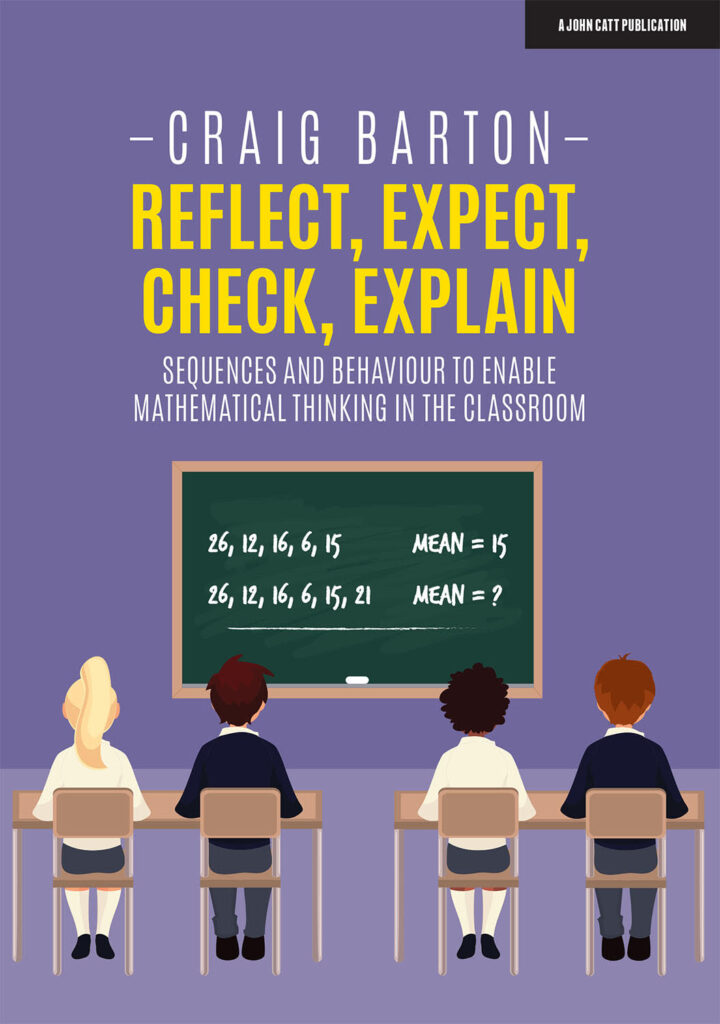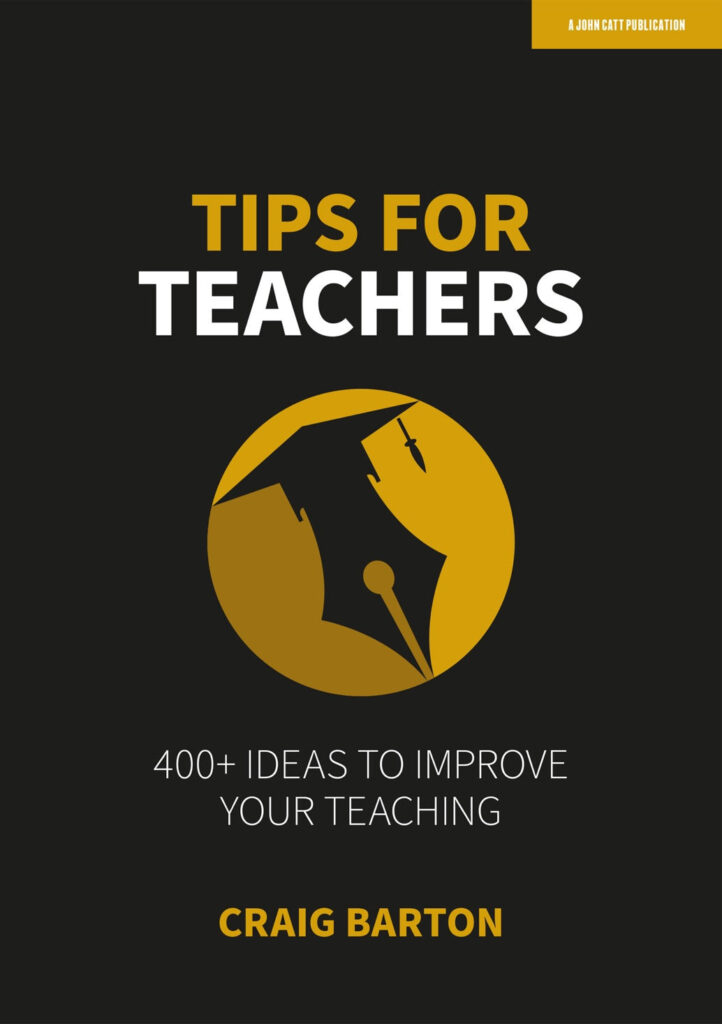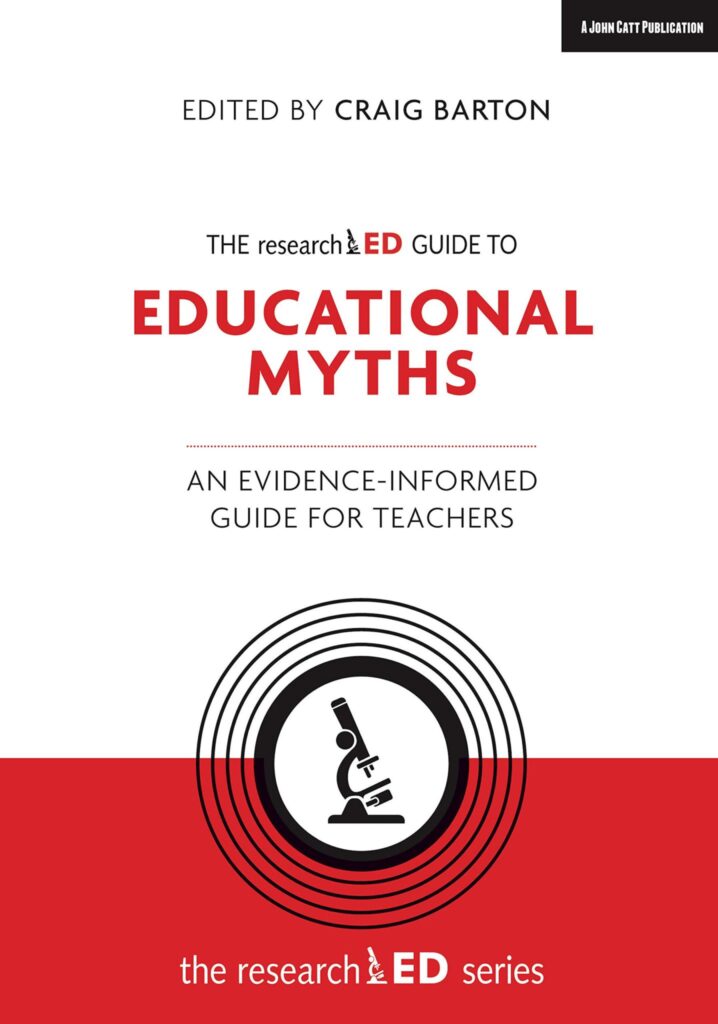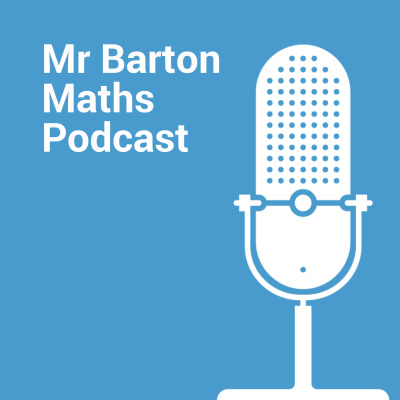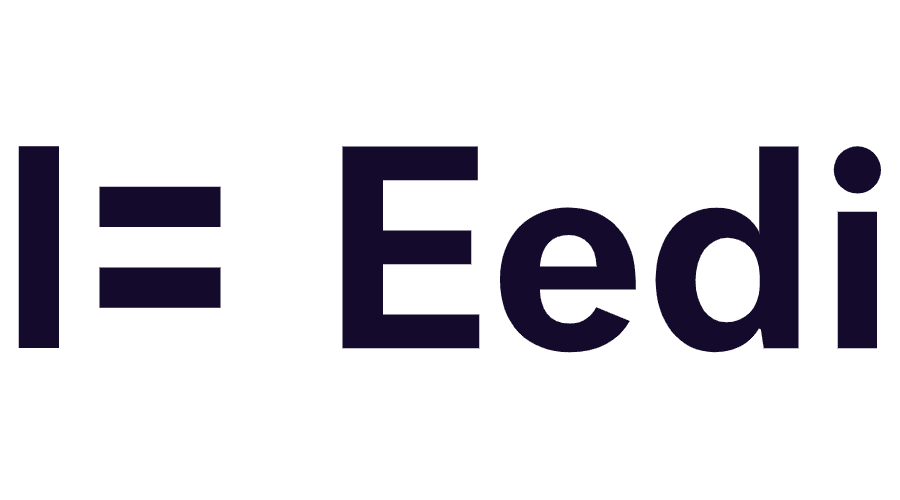Summary
A YouTube video for teachers discusses adapting lessons in real-time. The presenter, a teacher, emphasizes the importance of modifying pre-planned lessons based on student understanding and engagement. He advocates for incorporating spontaneous activities and using technology, such as interactive whiteboards and software, to enhance flexibility. The video also demonstrates practical techniques for seamlessly integrating these modifications during class using specific software features. Ultimately, the video promotes a more dynamic and responsive teaching approach.
What are the implications for teachers?
Modifying lessons as you go is an important skill for teachers to develop. Here are some implications for teachers, based on the sources:
- Planning: Teachers should plan lessons but also be prepared to modify them during the lesson. Some teachers plan their lessons the morning of the class, based on the previous lesson, which may not be sustainable.
- Flexibility: Teachers should be flexible and modify their lessons based on student understanding and engagement, rather than rigidly sticking to a pre-planned lesson. If students don’t understand a concept, teachers should address it immediately instead of moving to the next topic.
- Technology: Teachers can use interactive whiteboards, tablets, and software to make quick changes during a lesson. Using these tools, they can easily change colors, blank out slides, or write on the screen. Specifically:
- Teachers can use a tablet at the back of the room or the screen at the front to draw or demonstrate concepts.
- Interactive whiteboards allow for quick annotations, color changes, and erasing.
- Software can allow the teacher to freeze a screen to make changes to the presentation in the background that the students can’t see.
- Teachers can use the software to add new text, shapes, or slides as needed.
- Brainstorming: Teachers can use technology to brainstorm with the class and display student ideas on the screen in real time.
- Classroom Management: Teachers can use blank slides with text to communicate with the class without speaking, such as letting them know you are waiting for them to be quiet.
- PowerPoint limitations: Traditional PowerPoint presentations in slideshow mode can be limiting for teachers who want to make changes on the fly because it is not quick or easy to switch colors, blank out slides, or add new content.
- Tools for modification: The “maths universe.com whiteboard” is software designed to facilitate quick modifications during a lesson, including tools for drawing, highlighting, erasing, and adding text, shapes, and slides. The software also allows the teacher to use keyboard gestures to perform actions quickly, such as clearing the screen.
- Saving annotations: Changes made using the software’s whiteboard functions are not saved directly to the PowerPoint file, although they can be saved using the draw tools within PowerPoint.
In summary, the sources suggest that teachers should be prepared to adjust their lessons based on student needs and engagement, and that technology can be used to facilitate this process. Teachers should find the technology that works best for them, to allow flexibility in their lessons.

